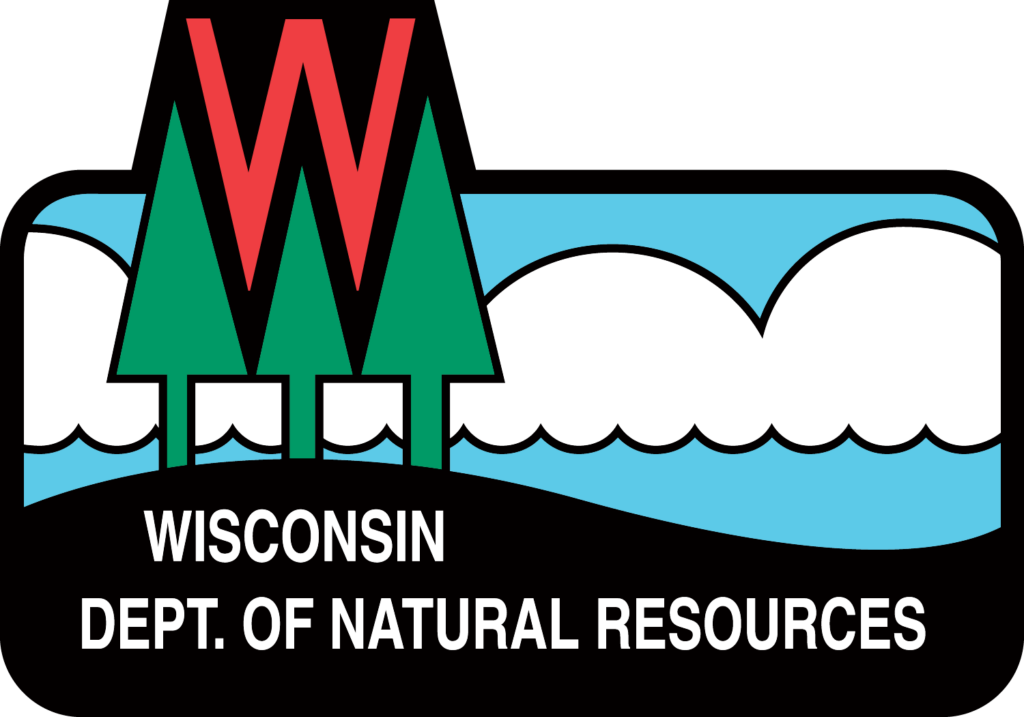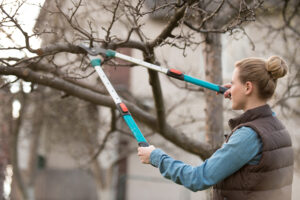
Volunteers smile while they spend a busy day pulling garlic mustard from a Wisconsin forested area. Volunteers provide thousands of hours of annual help in the fight against invasive plant species. / Photo Credit: Wisconsin DNR
By Mackenzie Manicki, Wisconsin DNR Invasive Plants Specialist
Mackenzie.Manicki@wisconsin.gov or 608-206-4561
June is Invasive Species Action Month in Wisconsin. This tradition of spreading awareness and taking action began back in 2005.
Twenty years ago, the Wisconsin Invasive Species Council collaborated with partners such as the Wisconsin Department of Natural Resources (DNR) and the Invasive Plants Association of Wisconsin (IPAW) to hold the first Invasive Species Action Awards, aimed at recognizing and celebrating professional or volunteer groups and individuals that exemplify what it means to make an impact on invasive species.
Continue reading “Take Action On Invasive Species This Month”

 Are you a forestry expert interested in working with the Wisconsin Department of Natural Resources (DNR), forest industry professionals and natural resource leaders to ensure sustainable management practices of Wisconsin’s forest resources?
Are you a forestry expert interested in working with the Wisconsin Department of Natural Resources (DNR), forest industry professionals and natural resource leaders to ensure sustainable management practices of Wisconsin’s forest resources?
 Earth Day, Arbor Day and spring are all quickly approaching, and now is the time to start thinking about your tree plantings! Choosing the proper tree for a specific location will help ensure your tree’s long-term health and survival.
Earth Day, Arbor Day and spring are all quickly approaching, and now is the time to start thinking about your tree plantings! Choosing the proper tree for a specific location will help ensure your tree’s long-term health and survival. The Wisconsin Arborist Association (WAA) and the Wisconsin Department of Natural Resources (DNR)’s Urban Forestry program cohosted their annual conference on Feb. 16-18 in Green Bay. One of the preeminent events in arboriculture and urban forestry, the gathering brought together hundreds of people from the private, public, nonprofit and academic sectors to network and share knowledge about urban forest management.
The Wisconsin Arborist Association (WAA) and the Wisconsin Department of Natural Resources (DNR)’s Urban Forestry program cohosted their annual conference on Feb. 16-18 in Green Bay. One of the preeminent events in arboriculture and urban forestry, the gathering brought together hundreds of people from the private, public, nonprofit and academic sectors to network and share knowledge about urban forest management. This year was a record-breaker: 946 attendees, the highest mark ever. Data was also compiled regarding organizational affiliations of attendees this year.
This year was a record-breaker: 946 attendees, the highest mark ever. Data was also compiled regarding organizational affiliations of attendees this year.  The Arbor Day Foundation is asking for presentation proposals for its annual conference on Nov. 18-19 in Henderson, Nevada. You can play a key role in making the Partners in Community Forestry Conference and Alliance for Community Trees Day even more impactful by sharing your expertise, innovative programs, and the incredible work you’re doing in urban and community forestry with fellow professionals from across the nation.
The Arbor Day Foundation is asking for presentation proposals for its annual conference on Nov. 18-19 in Henderson, Nevada. You can play a key role in making the Partners in Community Forestry Conference and Alliance for Community Trees Day even more impactful by sharing your expertise, innovative programs, and the incredible work you’re doing in urban and community forestry with fellow professionals from across the nation.  *These training opportunities are provided as an information service only and do not constitute an endorsement from the Wisconsin Department of Natural Resources (DNR).
*These training opportunities are provided as an information service only and do not constitute an endorsement from the Wisconsin Department of Natural Resources (DNR). *These training opportunities are provided as an information service only and do not constitute an endorsement from the Wisconsin Department of Natural Resources (DNR).
*These training opportunities are provided as an information service only and do not constitute an endorsement from the Wisconsin Department of Natural Resources (DNR).